
TDCX expands into Brazil as it continues its global expansion
SÃO PAULO & SINGAPORE--(BUSINESS WIRE)--May 17, 2023--
2023-05-18 09:21
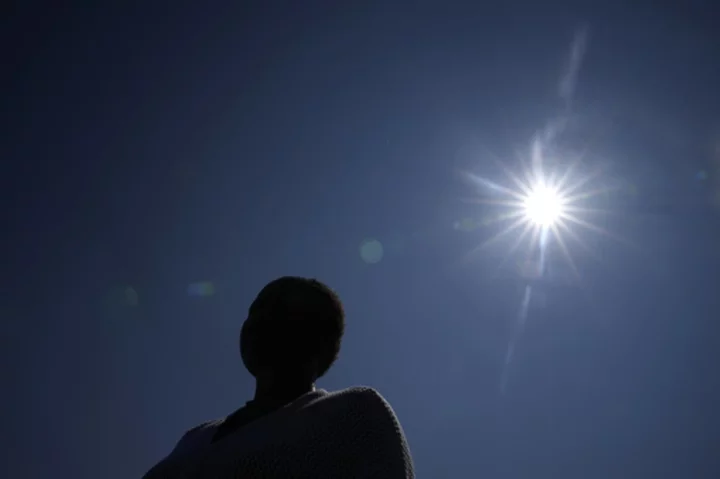
Ransomware criminals are dumping kids' private files online after school hacks
Ransomware gangs have been stealing confidential documents from schools and dumping them online
2023-07-05 15:57

AI anxiety: workers fret over uncertain future
The tidal wave of artificial intelligence (AI) barrelling toward many professions has generated deep anxiety among workers fearful that their jobs will be swept away -- and...
2023-08-04 00:46
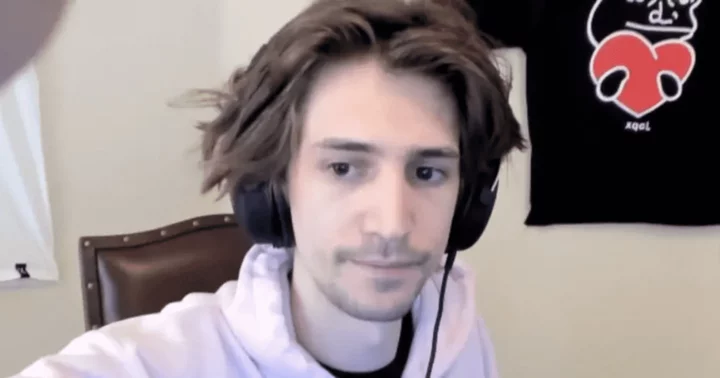
Why is xQc leaving his LA home? Twitch streamer says 'I'll miss this place'
This relocation marks a continuation of xQc's trend of changing homes but this time there could be something more at play
2023-05-24 13:59

Rise of the robots: UN tries to tackle 'mind-blowing' growth of AI
The mind-blowing growth of artificial intelligence poses many questions that have no answers yet, the United Nations admitted Thursday at its AI summit, attended by...
2023-07-06 22:20
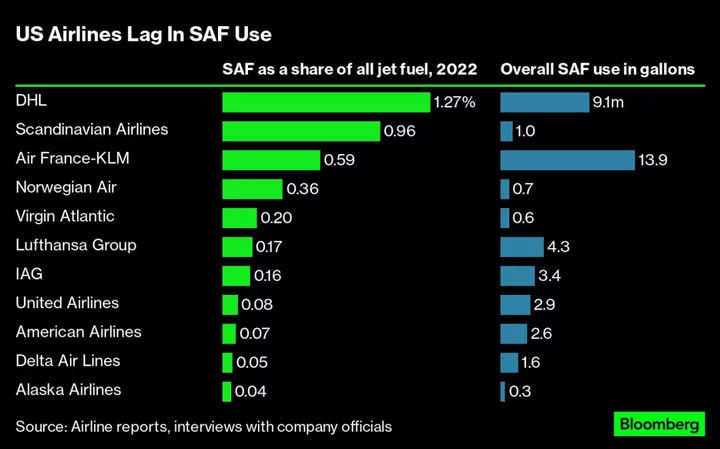
How United and Other US Airlines Lost Momentum on Sustainable Jet Fuel
United Airlines presents itself as the unrivaled leader in cleaner jet fuel. A recent ad campaign featuring the
2023-10-05 16:17

A Shaky Mega-Project Risks Throwing Carbon Offsets Into Chaos
It’s been a brutal year for the developers of Kariba, one of the planet’s largest carbon projects. That
2023-10-27 18:55
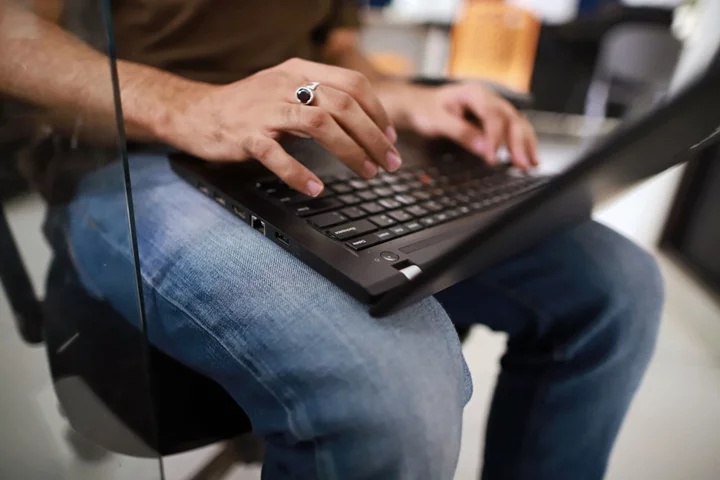
India Curbs PC Imports as Modi Pushes for Local Production
India is requiring licenses for the import of computers from laptops to tablets, the latest in a series
2023-08-03 15:55
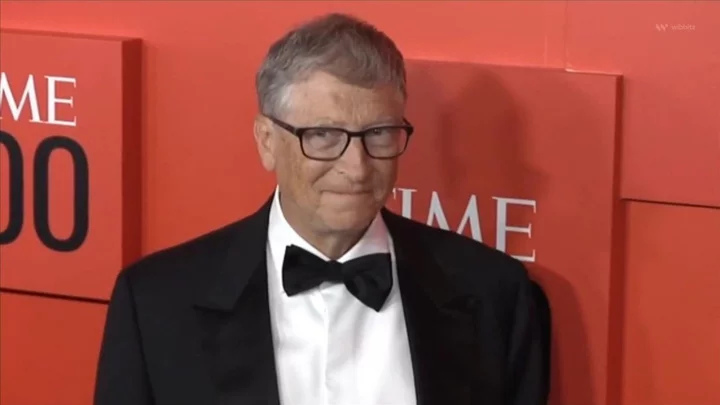
Bill Gates reveals the 5 things he wish he had heard in his youth
Bill Gates has shared the different pieces of life advice he wish he received in his youth. The Microsoft founder delivered his third commencement speech (he had previously spoken at Harvard 2007 and Stanford 2014) to the forestry and engineering graduates of Northern Arizona University and posted his speech on his website. When it comes to the 67-year-old's time on campus, he never made it to his own graduation and left after three semesters to start Microsoft, something that he does mention. Sign up to our free Indy100 weekly newsletter "So, what does a college dropout know about graduation? Not much personally, to be honest," he said. Here are the five things Gates wishes he heard at the graduation he never had: Your life isn’t a one-act play. "You probably feel a lot of pressure right now to make the right decisions about your career," Gates said. "It might feel like those decisions are permanent. They’re not. What you do tomorrow—or for the next ten years—does not have to be what you do forever." He goes on to add that he thought after leaving school he would be working for Microsoft for the rest of his life but that now philanthropy is his full time job. You are never too smart to be confused. "I thought I knew everything I needed to know when I left college," he began. "But the first step to learning something new is embracing what you don’t know, instead of focusing on what you do know." When facing a problem that cannot be resolved alone, he said: "Don’t panic. Take a breath. Force yourself to think things through. And then find smart people to learn from" - and also advised not too be too afraid to ask. Gravitate toward work that solves an important problem. "The good news is, you are graduating at a time when there are many important problems to solve." "New industries and companies are emerging every day that will allow you to make a living and make a difference, and advances in science and technology have made it easier than ever to make a big impact." Don’t underestimate the power of friendship. "When I was in school, I became friends with another student who shared a lot of my interests, like science fiction novels and computer magazines," Gates said. "Little did I know how important that friendship would be. My friend’s name was Paul Allen—and we started Microsoft together." You are not a slacker if you cut yourself some slack. Gates noted how life is all about work - something that he learnt as he grew up. "When I was your age, I didn’t believe in vacations. I didn’t believe in weekends," he said. I pushed everyone around me to work very long hours. In the early days of Microsoft, my office overlooked the parking lot—and I would keep track of who was leaving early and staying late. "But as I got older—and especially once I became a father—I realized there is more to life than work." Have your say in our news democracy. Click the upvote icon at the top of the page to help raise this article through the indy100 rankings.
2023-05-17 18:24

The Witcher director Marc Jobst explains why he believes Henry Cavill quit as the fantasy series' lead
Marc Jobst believes the role had become too "draining" and "demanding" for the Hollywood star.
2023-08-22 19:27

How to Pre-Load Assassin's Creed Mirage
Assassin's Creed Mirage is coming out on PlayStation, Xbox, and PC. Here's how you can pre-load the game onto all platforms.
2023-10-03 06:28

Warming World Risks Adding 9 Million Deaths Annually, WHO Says
Rising temperatures are making it increasingly difficult to reach global health goals. There is a risk of more
2023-05-19 16:20
You Might Like...

Scientists issue warning about asteroid heading to Earth with force of 24 atomic bombs
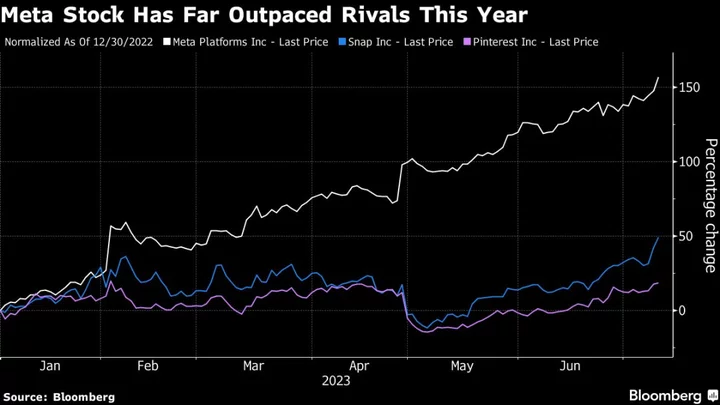
Meta’s Threads to Raise Stakes for Snap, Pinterest

Tragic NBA star Kobe Bryant honorued with 2k24 cover
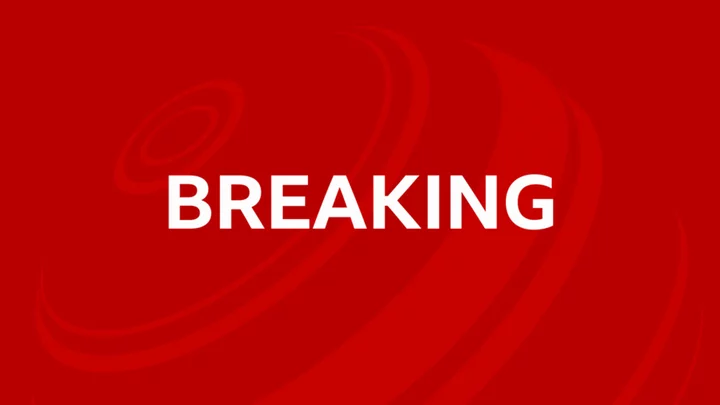
Army officers say they are taking power in Gabon
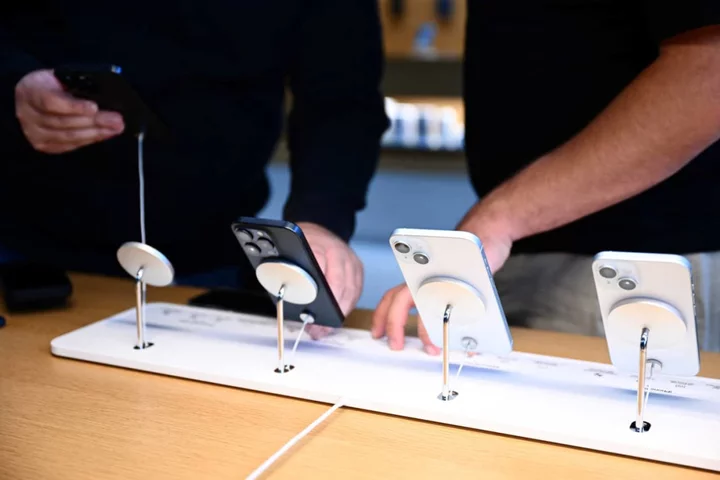
Apple Could See a Hit to Profit if Google Loses DOJ Search Lawsuit: Analyst

Kendall Jenner posts video of grand fireworks display from romantic Monaco vacation with Bad Bunny
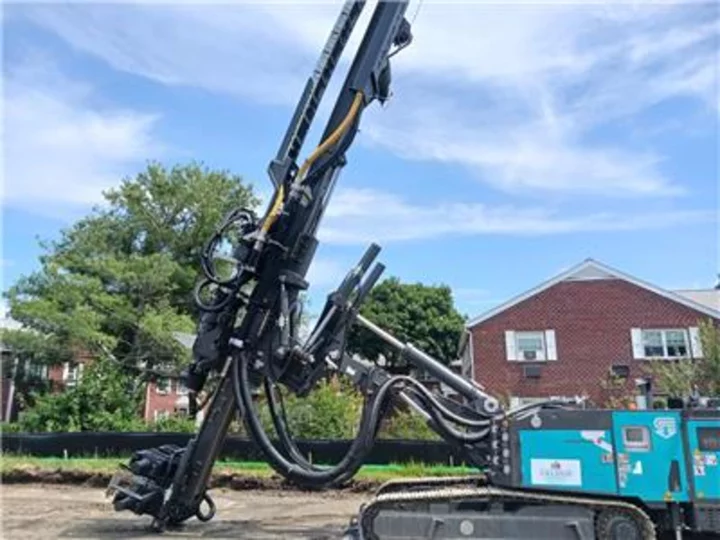
Eversource Begins Drilling on First-in-the-Nation Geothermal Project
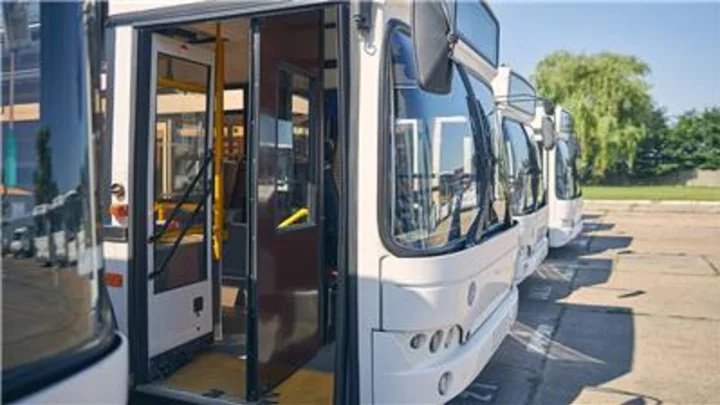
VicOne Partners with Clientron to Offer IVI Solution with Integrated Cybersecurity for EV Buses
